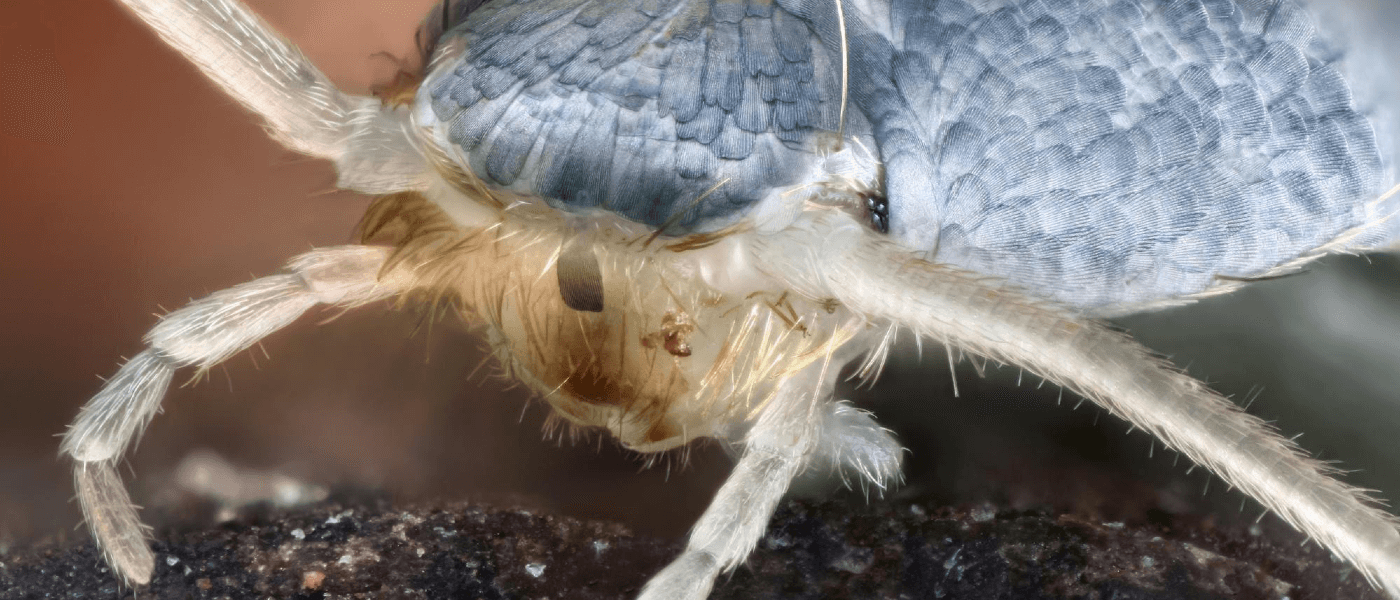Silverfish: How to Get Rid of Them for Good

Cockroaches may get the gold metal when it comes to the ickiest pests to invade our homes, but second-place goes to a creepy-crawly that’s almost just as bad – silverfish. Although silverfish are mostly just a nuisance pest (meaning they pose no real threat to human health and safety), the half-inch long wingless soft-bodied insects scurry like spiders, squirm like millipedes, and gross out just about everyone unfortunate enough to encounter them.
They’re also not entirely harmless. Although they don’t harm humans they can wreak havoc on furniture, clothes, linen, books and other paper products – both by eating the raw materials that make up those household items as well as the trail of waste they leave behind after doing so.
Some Fast Facts on Silverfish
In nature, silverfish make a habitat under fallen leaves, rocks and logs, and they like similarly dark, damp places in your home, like basements, laundry rooms, under sinks and inside furniture and bookshelves. But it’s not just their fondness for hidden nooks and crannies that makes them so hard to control. They also have a relatively long lifecycle when it comes to insects.
Silverfish eggs can take anywhere from 20 to 40 days to hatch, from which time it takes them an entire year to mature. All told, silverfish live an average of about three years, which means waiting for them to just die off naturally is not a particularly effective strategy for dealing with these pests.
Don’t Be Fooled by Firebrats
Some homeowners will confuse very similar insects called firebrats with silverfish, and although the two species are very closely related they are, in fact, different. Whereas silverfish get their name from their characteristically silver scales, firebrats are more brownish and have antennae that are longer than their bodies.
That said, both species are equally difficult to deal with, requiring a holistic approach that involves sanitation, dehumidification, habitat modification and insecticides. That’s in part because both silverfish and firebrats can survive weeks without water and up to a year without food, so it’s exceedingly difficult to starve them to death.
Send in the Pros
Whether you already have a silverfish problem or you’d like to keep from having one, the best thing to do is make your home as unattractive to the pests as possible. Start off by cleaning up clutter--especially food mess--as soon as it’s made. Get rid of any stacks or bins of old paper you don’t really need, especially if you’ve been storing it in a dank basement.
Ensuring proper ventilation between rooms and keeping your home’s humidity low will also help reduce the likelihood that silverfish will take up residence with you, but the most important thing is to be patient and consistent with your treatment. Silverfish won’t just disappear overnight.
The best attack is a proactive defense, but if the problem is bad enough or you’d just rather not fret over the squirmy little nuisances, a licensed pest control professional is your best option.
Learn how JP Pest Services can defend your home against the 50 most common household pests.



